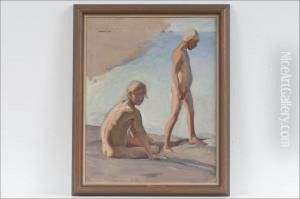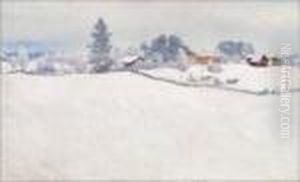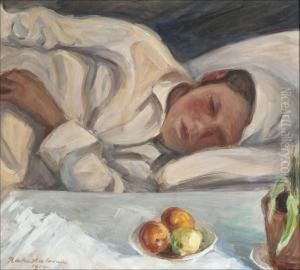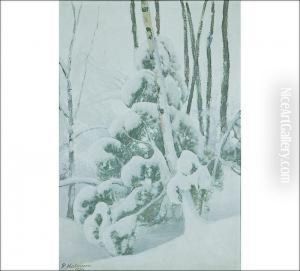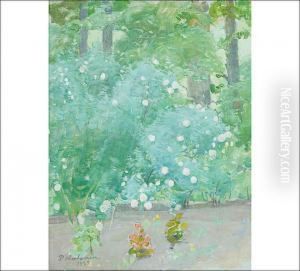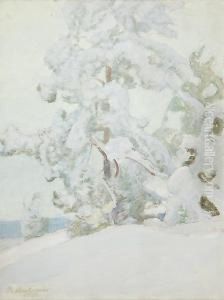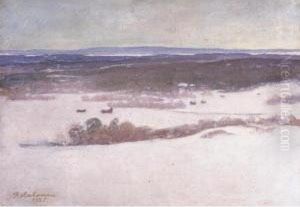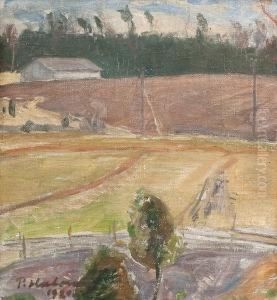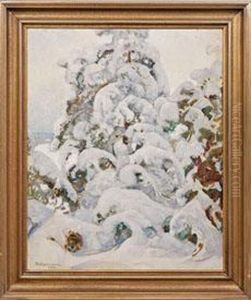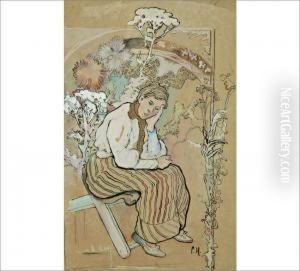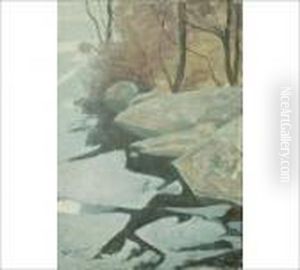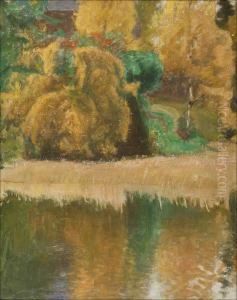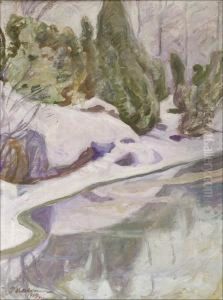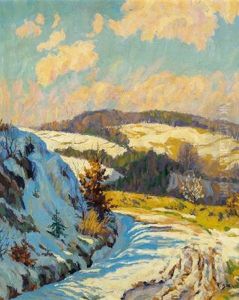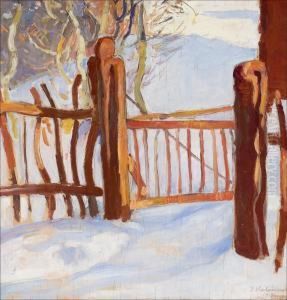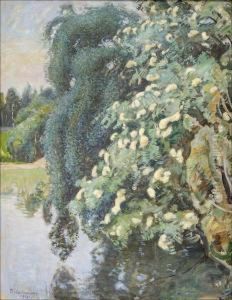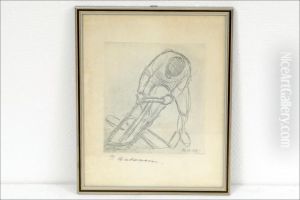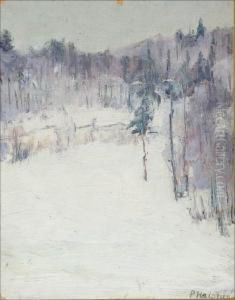Pekka Halonen Paintings
Pekka Halonen was a distinguished Finnish painter known for his unique contributions to the Finnish art scene at the turn of the 20th century. He was born on September 23, 1865, in Lapinlahti, Finland, and grew to be one of the most prominent figures in the Finnish National Romantic movement. Halonen's artwork is characterized by a deep affinity with the Finnish landscape and rural life, which he captured with a vivid and expressive palette.
Halonen studied at the Drawing School of the Finnish Art Society from 1886 to 1890 and continued his education in Paris, which was then the epicenter of the art world. During his time in France, he was exposed to the works of contemporary Impressionist and Post-Impressionist artists, which influenced his style. However, Halonen's work remained deeply rooted in the Finnish tradition, and he often drew inspiration from the Kalevala, the Finnish national epic.
Returning to Finland, Halonen settled in the countryside and built a studio home called 'Halosenniemi' in Tuusula, which quickly became a gathering place for artists and cultural figures of the time. He became known for his winter landscapes and scenes of Finnish rural life, often depicting the farmers and workers in harmony with their environment. His paintings are notable for their use of light and shadow to create depth and atmosphere, and his brushwork is often compared to that of the French Impressionists.
Throughout his career, Halonen exhibited widely both in Finland and abroad, contributing significantly to the international recognition of Finnish art. His work was not only a form of artistic expression but also a cultural statement that helped define Finnish identity during a period of burgeoning national awareness.
Pekka Halonen passed away on December 1, 1933, in Tuusula. His legacy lives on through his art, which continues to be celebrated in Finland and around the world. The 'Halosenniemi' studio house has since been converted into a museum dedicated to his life and work, preserving his influence on Finnish culture for future generations.

